
This archived Art and design scheme of work video is part of a lesson in which pupils are introduced to working with clay, using etching techniques to create patterns inspired by nature.
Children begin by examining snail shells, observing the zigzags, curves, lines and dots on their surfaces. They sketch these patterns in their sketchbooks before designing their own. Pupils then roll clay into a spiral shell shape and use simple tools to etch patterns into the surface. As they work, children consider the effect of deep or shallow marks and describe the textures they create. They are encouraged to experiment, smooth out mistakes, and adapt their ideas, understanding that reassessment is part of the creative process. By the end of the lesson, pupils will have developed confidence in using clay and explored how natural forms can inspire decorative design.
This video is part of Kapow Primary’s archived Year 1 Sculptures and collages (Living things) unit.

This Religion and Worldviews video introduces teachers to Jatakarma and Namakarana, Hindu ceremonies that welcome a newborn through sacred words, symbolic acts and naming rituals expressing beliefs about life, spirituality and heritage.

This video supports teachers in understanding infant baptism, a Christian ceremony that welcomes a baby into the church through symbols of water, prayers and the baptismal candle.
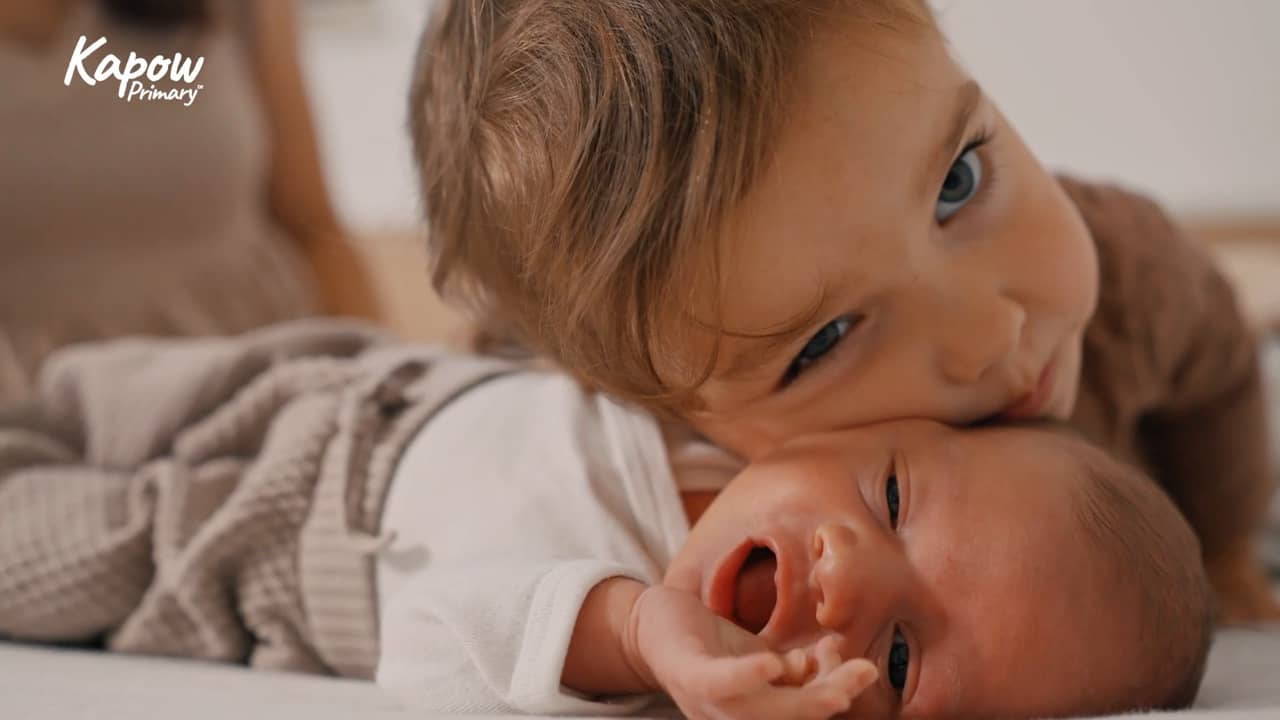
In this Religion and Worldviews video, children learn how Humanist families celebrate the arrival of a baby through poems, promises or symbolic acts, focusing on love, support and the joy of new life.
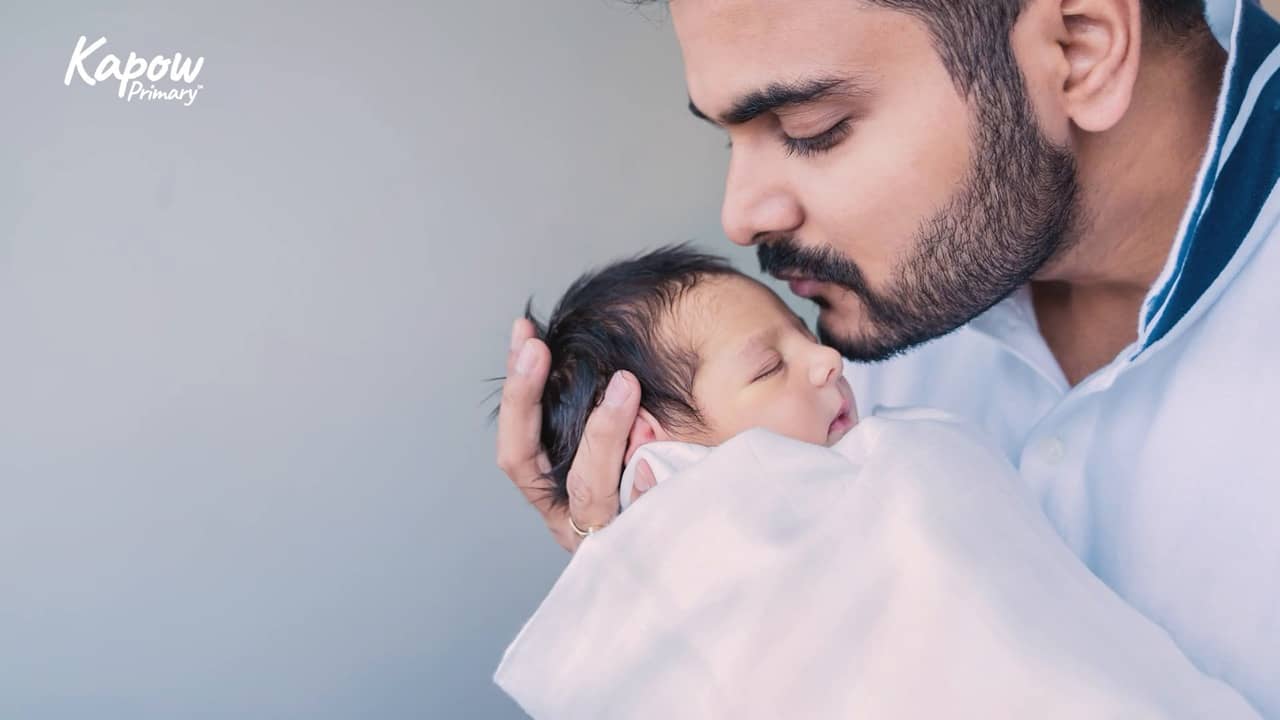
In this Religion and Worldviews video, children learn about Namakarana, a Hindu naming ceremony that welcomes a baby into the family and community through names, rituals and celebration.

This video introduces Aqiqah, a Muslim baby welcoming ceremony, empowering teachers to confidently guide pupils in understanding this ceremony.
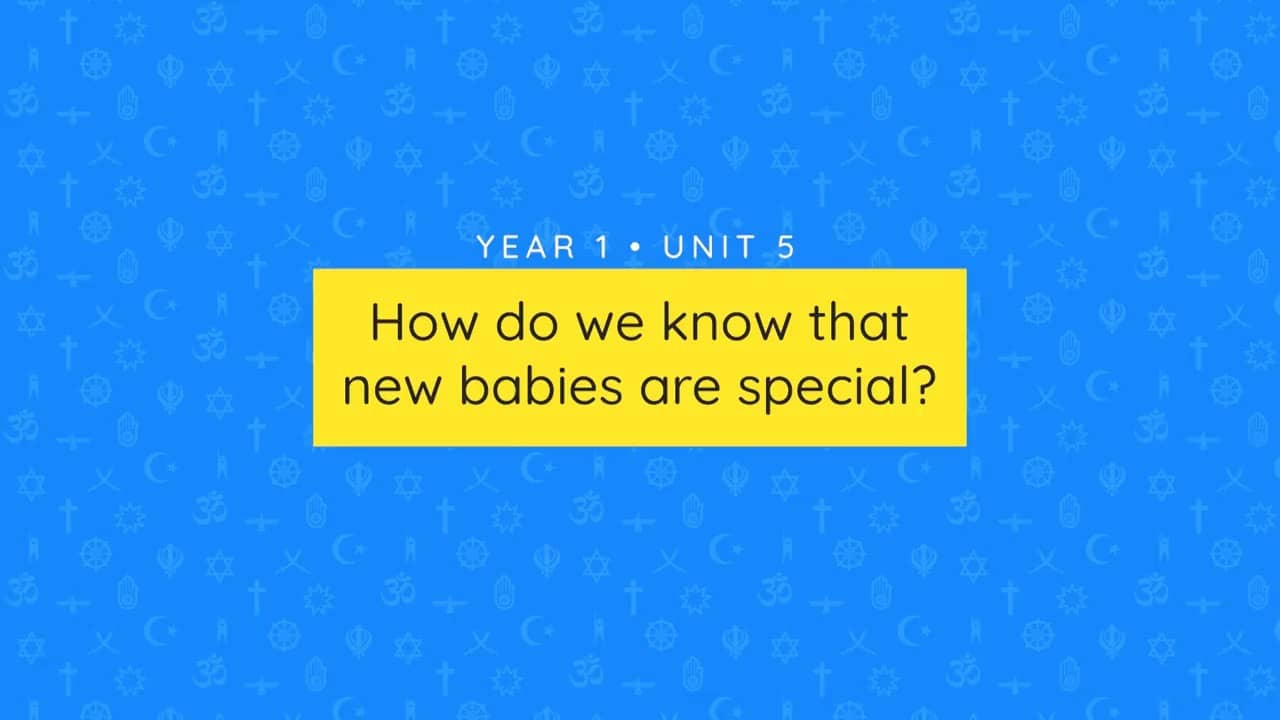
This video supports teachers in exploring how different worldviews welcome new babies and why these ceremonies are special.
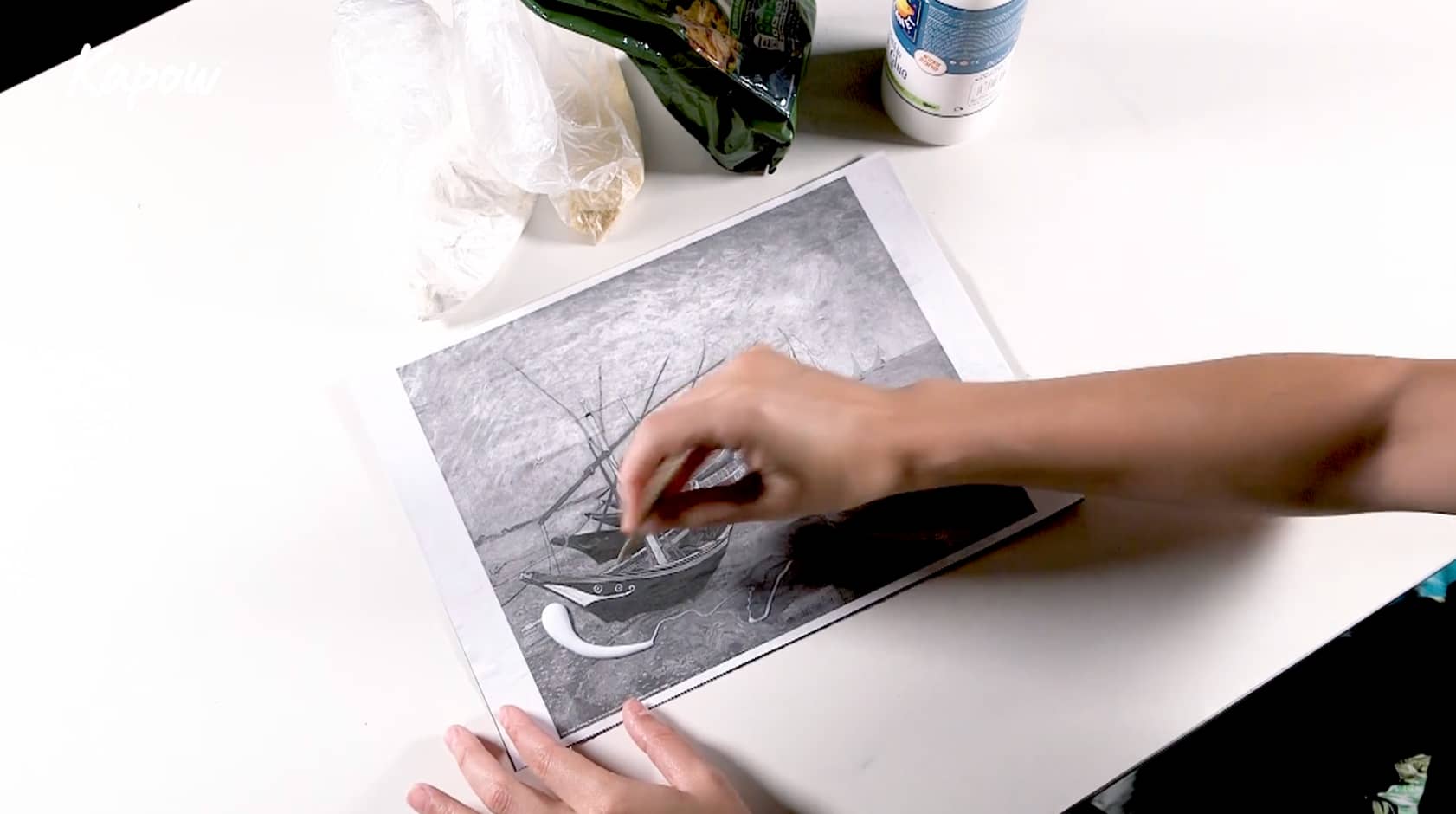
This Art and design scheme of work video introduces teachers to a sensory lesson where Key stage 2 pupils explore texture using sight and sound to imagine the seaside.
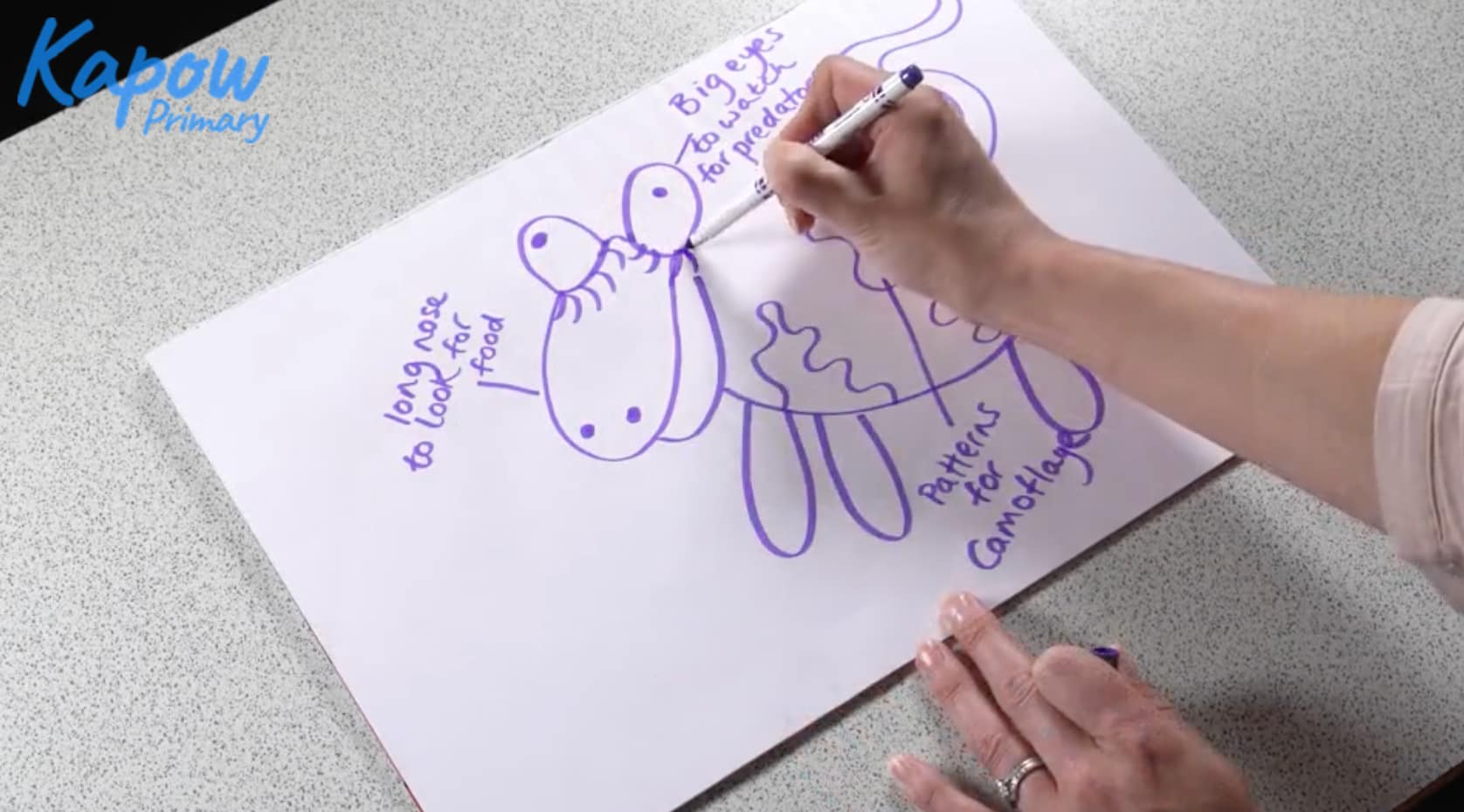
This Art and design scheme of work video introduces teachers to a cross-curricular lesson where Key stage 2 pupils design and create three-dimensional animals that use camouflage to survive in their environments.









